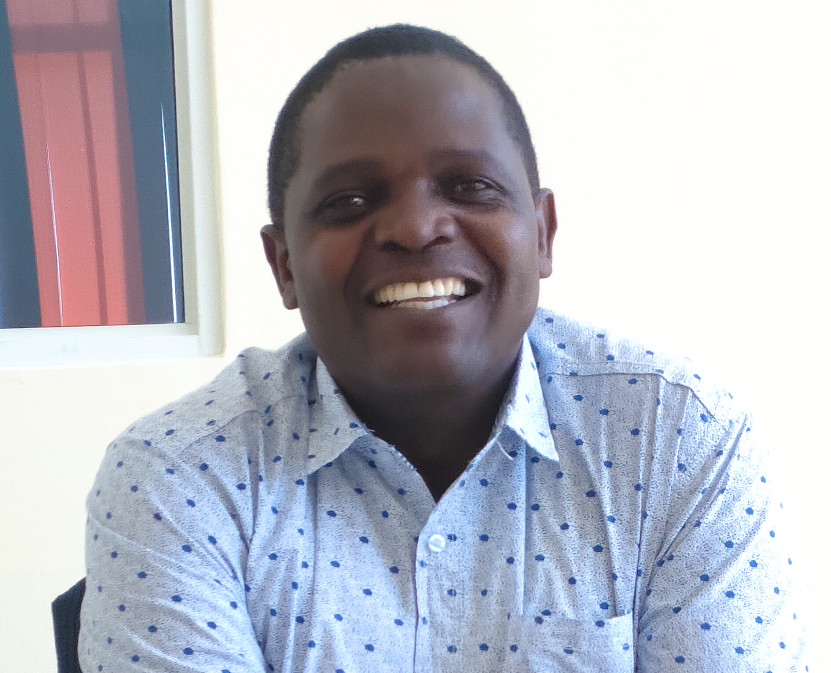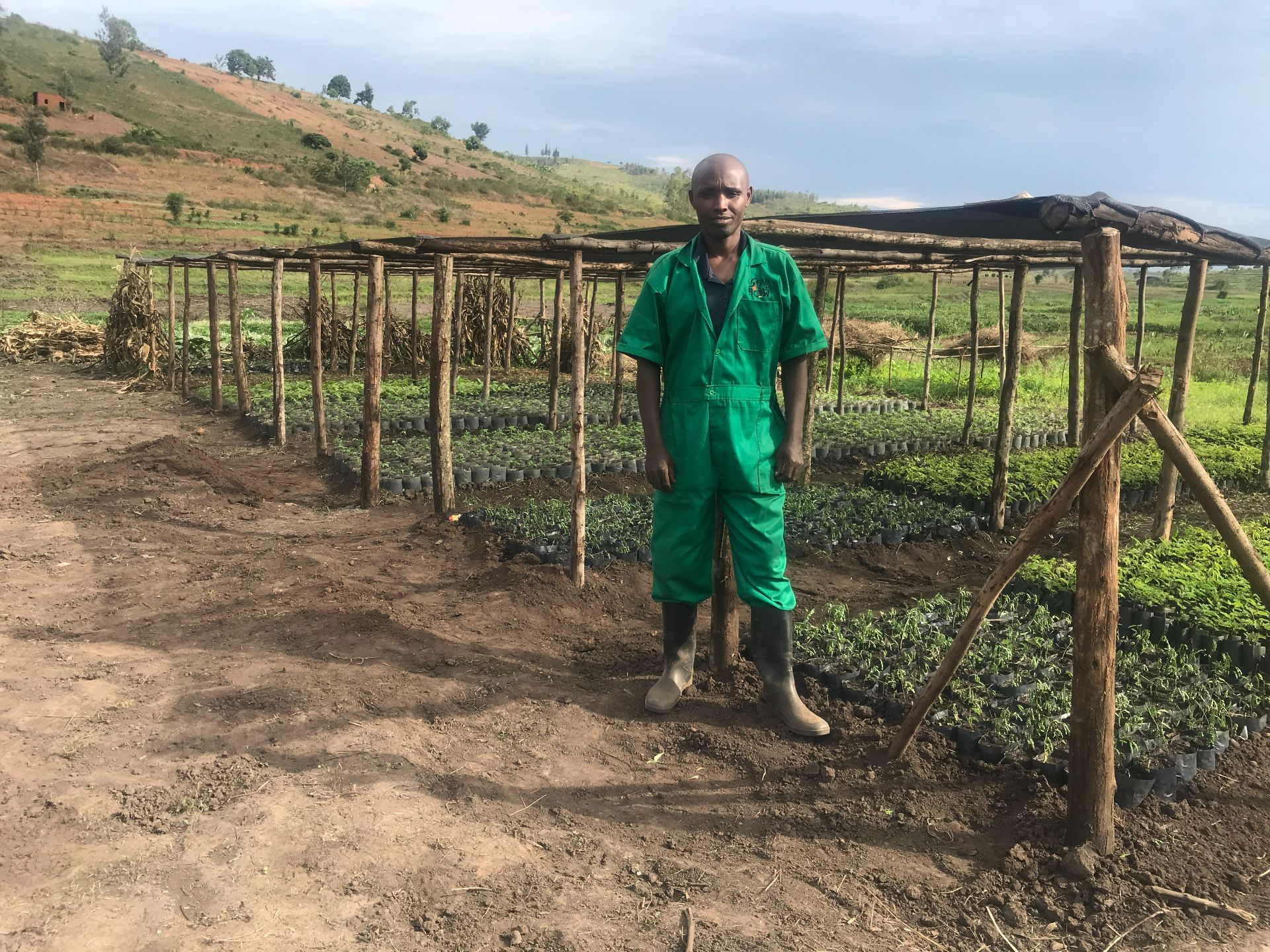By Meshark Sikuku, Farm Systems and Sustainability Coordinator, Ripple Effect
If you were on one of the African national negotiating teams pushing for finance for loss and damage, you might count the agreement to finally set up an adaptation fund as a success.
If you’re working with farmers struggling against increasingly chaotic weather conditions, this feels like trying to push back rising floodwaters while everyone is ignoring the dam that has burst upstream.
“Climate-smart” programmes that enhance resilience to droughts, floods, and outbreaks of climate-driven pests and diseases, have been the primary response to the climate crisis in many African countries, particularly in agriculture.
And technologies like the ones Ripple Effect encourages are extremely effective. The farmers we work with harvest and conserve rainwater, boost soil fertility without expensive and damaging chemical inputs, introduce drought-resistant crops and seed varieties, and build their own families’ financial resilience to help them survive the next climate shock which will surely come.
![9411.Mary_Owuor_planting_tree_seedling_in_the_Enterprising_Migori_project_Kenya[1].jpg](/wp-content/uploads/2023/09/9411.Mary_Owuor_planting_tree_seedling_in_the_Enterprising_Migori_project_Kenya1.jpg)
Adaptation finance: a partial win?
Vital programmes like these need finance. Up to now, only 24% of Africa’s climate finance has been spent on adaptation measures, according to Climate Policy Initiative. The agreement to set up the global fund for loss and damage felt like a success – at last.
The fund is yet to be established (how long will that take?) and there was no commitment on which countries were going to contribute, and how much.
In the middle of the COP conference, the UK government announced in its budget that it would not return to its “legally binding” commitment to spend 0.7% of GDP on overseas aid. The US refused to clarify its position on this facility and made it clear that it will not enter any legally binding commitment. Making this fund a reality will be complex and may take longer than we all hoped, and never be realised the way African countries want.
What about prevention?
It was quite surprising how African delegations over-focused on “loss and damage” at the expense of everything else – such as the demand for developed countries to reduce emissions immediately.
If your neighbour is doing some kind of work in their garden that is emitting a poisonous gas, and you and your family are gasping for breath, what do you do? Do you start making a claim for compensation even as you’re facing death? Wouldn’t you yell for help to get your neighbour to stop this deadly gas? And then a claim for damages can come later when you’re safe.
Africa is gasping for fresh air!
Fighting to defend mitigation
“Mitigating” the climate crisis is both difficult and expensive, so it’s no surprise that developing countries were looking for wins elsewhere.
Last year, countries agreed that global warming should go no higher than 1.5°C. As their individual commitments to cut their greenhouse gas emissions were clearly too weak, it was agreed that efforts would be re-examined each year.
In Sharm el-Sheikh some countries tried to backtrack on that 1.5° goal. They were outvoted, but an important proposal for 2025 to be the date for “peak emissions” was taken out. Another defeat.
This disastrously slow progress in tackling the causes of climate change (“fixing the dam”) means that African citizens will continue to pay the price, and that price will continue to increase.
![Tree_Nursery_Establishments-_Farm_Systems_Training-_Inka_Nziza_Zikamwa_project[1].jpg](/wp-content/uploads/2023/09/Tree_Nursery_Establishments-_Farm_Systems_Training-_Inka_Nziza_Zikamwa_project1.jpg)
Mitigation AND adaptation
I am proud that the organisation I work for, which is deeply committed to enabling rural African families to produce more food, is also focused on the wider work of protecting the planet.
How we work is as important as the results we achieve, which is why we follow a whole-farm, agroecological approach.
The farmers we work alongside plant trees to stabilise soil, produce fruit, provide vital shade, and sequester carbon. Agroforestry is one of the most effective natural methods of decarbonisation, and Africa has the potential to become a carbon sink second only to the Amazon.
Changing the future
In Mwaro Province, Burundi, communities have planted more than 1.5 million trees, protecting 30 kilometres of watersheds. It’s estimated that a tree can capture between 10 and 40 kilograms of CO2 every year, so this Ripple Effect project will sequester around 250,000 metric tons of carbon over 10 years: equivalent to the emissions of 5,000 small passenger cars every year.
This is the kind of immediate commitment to addressing the difficult, long-term goals that we need to see from all our governments – including those African governments that have reserves of natural gas, who were lobbying alongside the 600-plus representatives of the fossil-fuel industries at this year’s COP.
Burundi is one of the smallest countries in Africa. How much more could our continent, and the world, achieve if we focus on the solutions to our global challenges.
The way to restore the livelihoods of millions of African smallholder farmers is by making our planet safe, with real, significant reductions in the emissions of greenhouse gases


